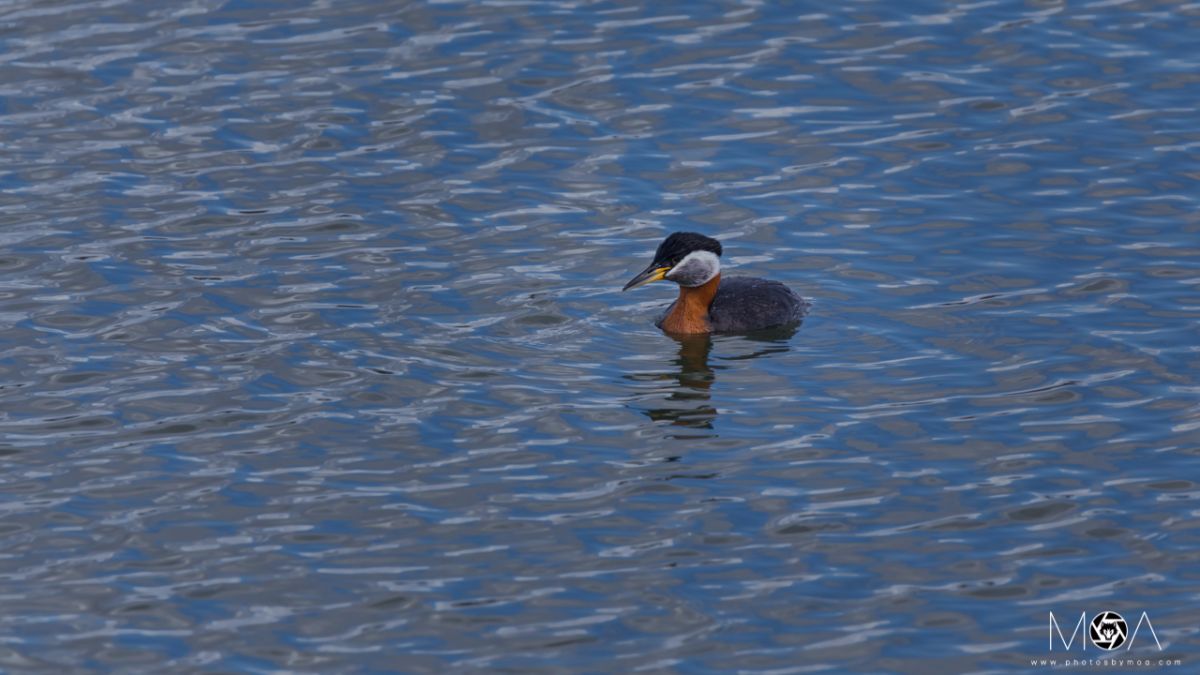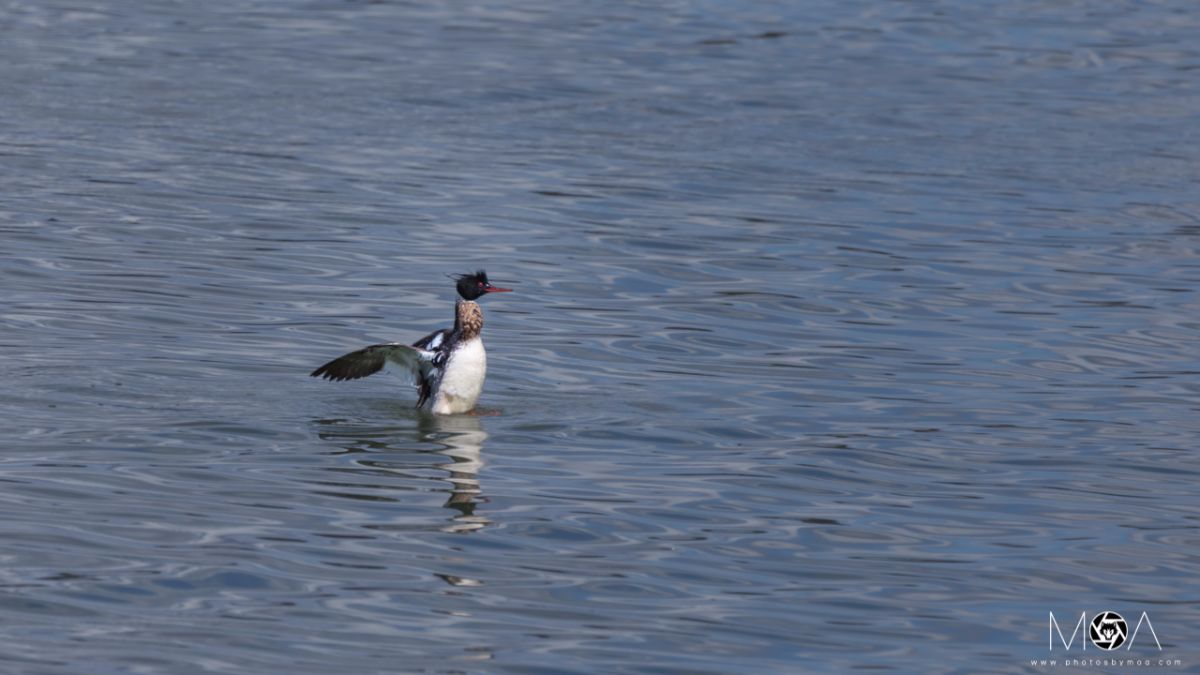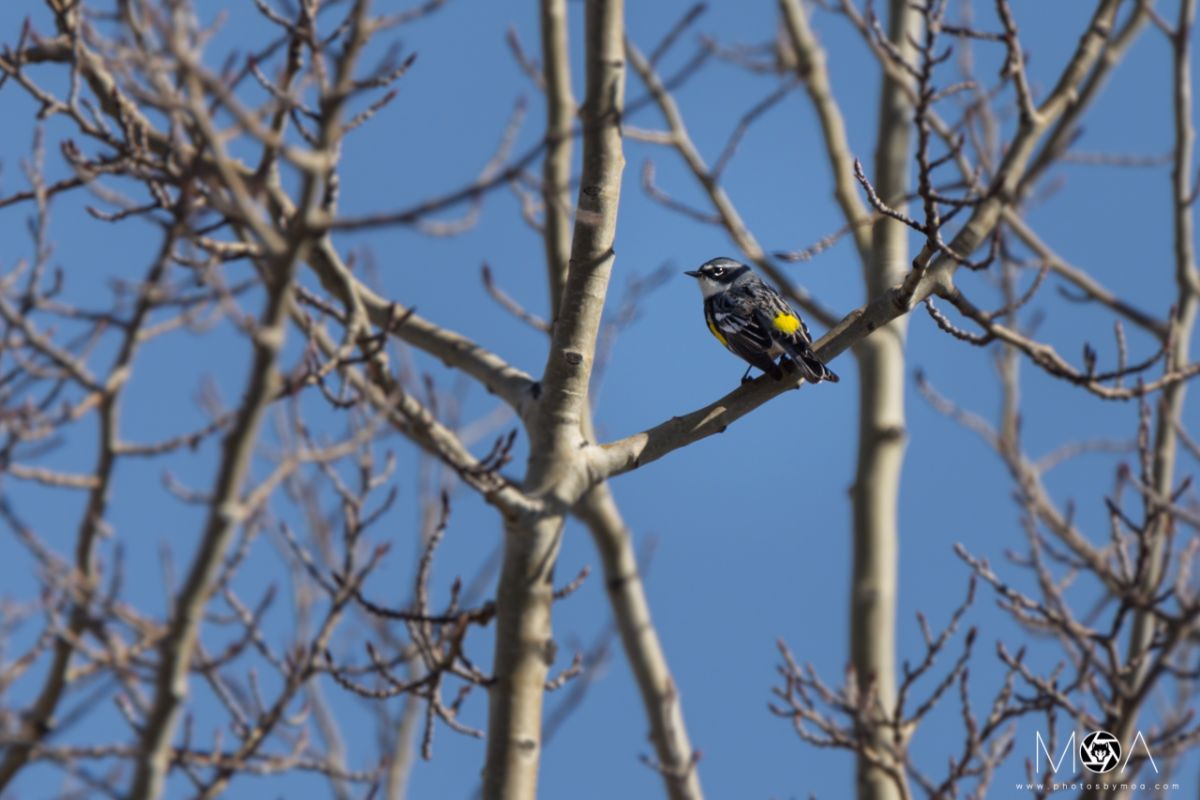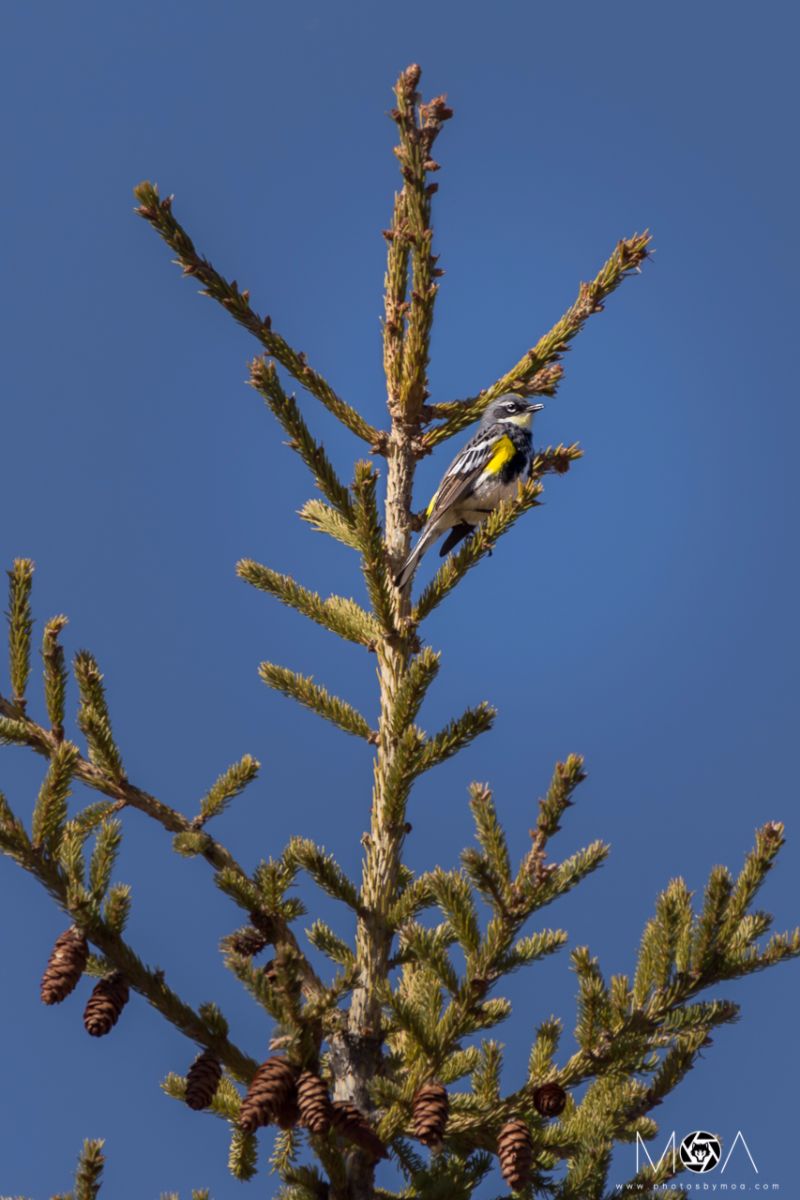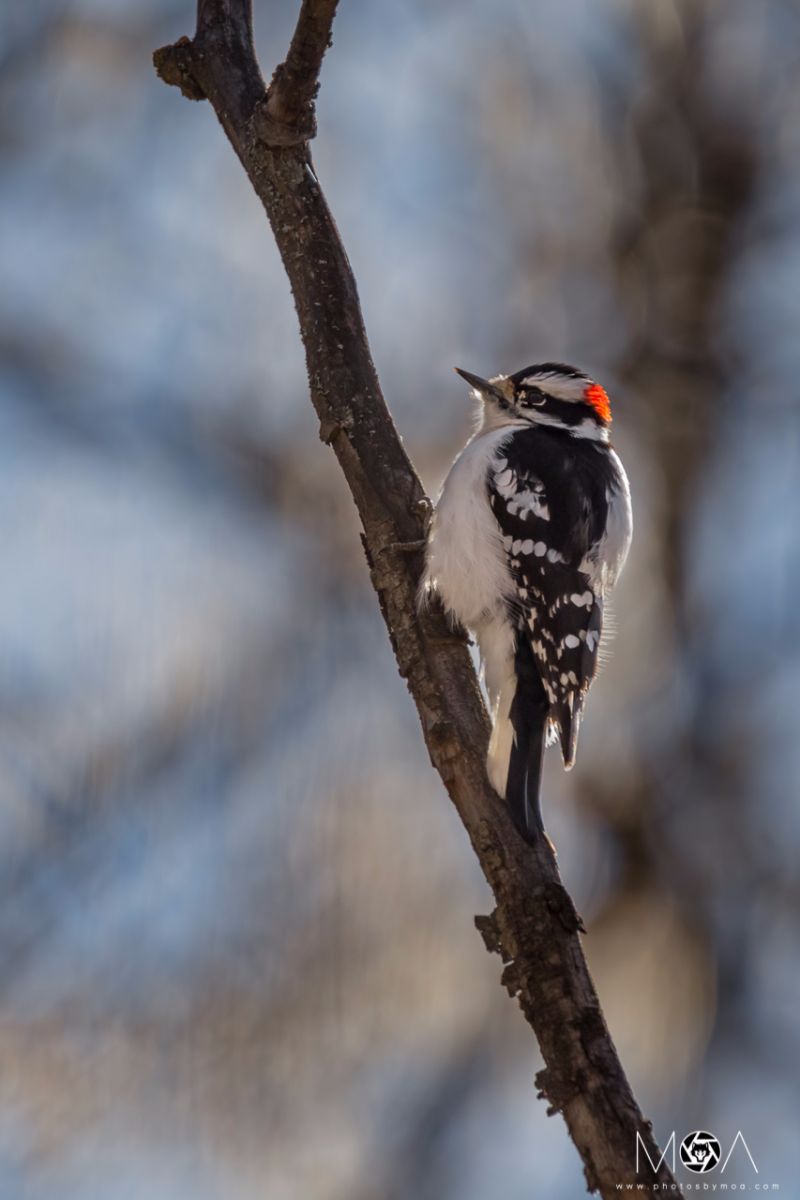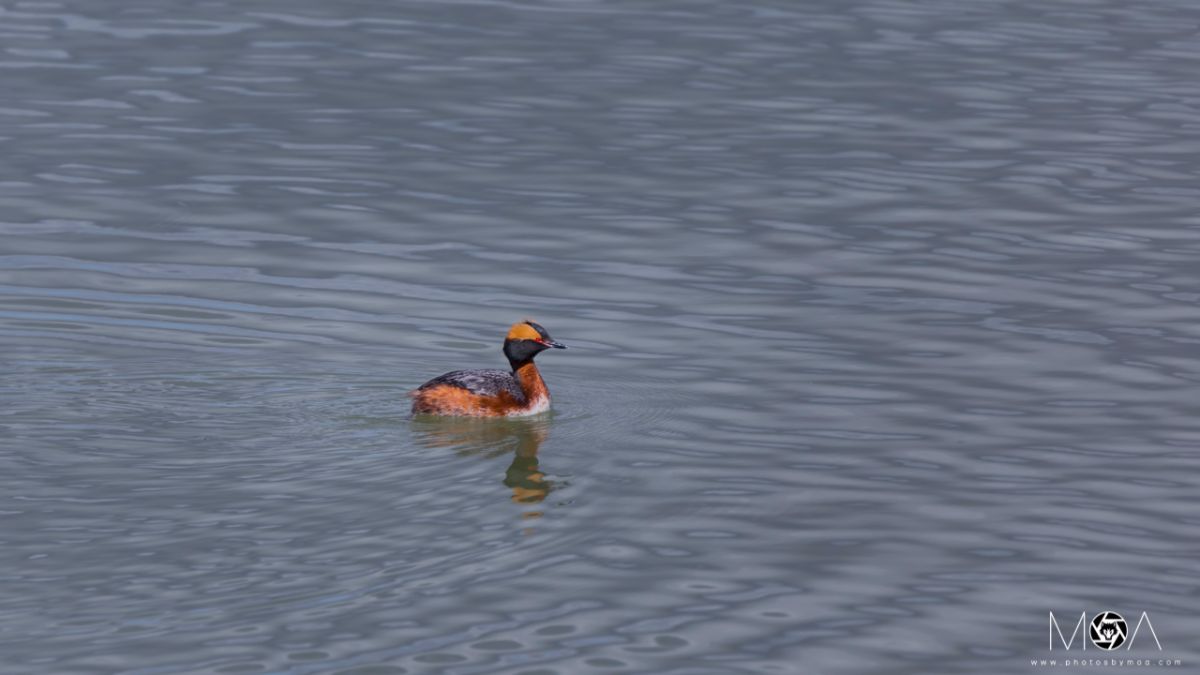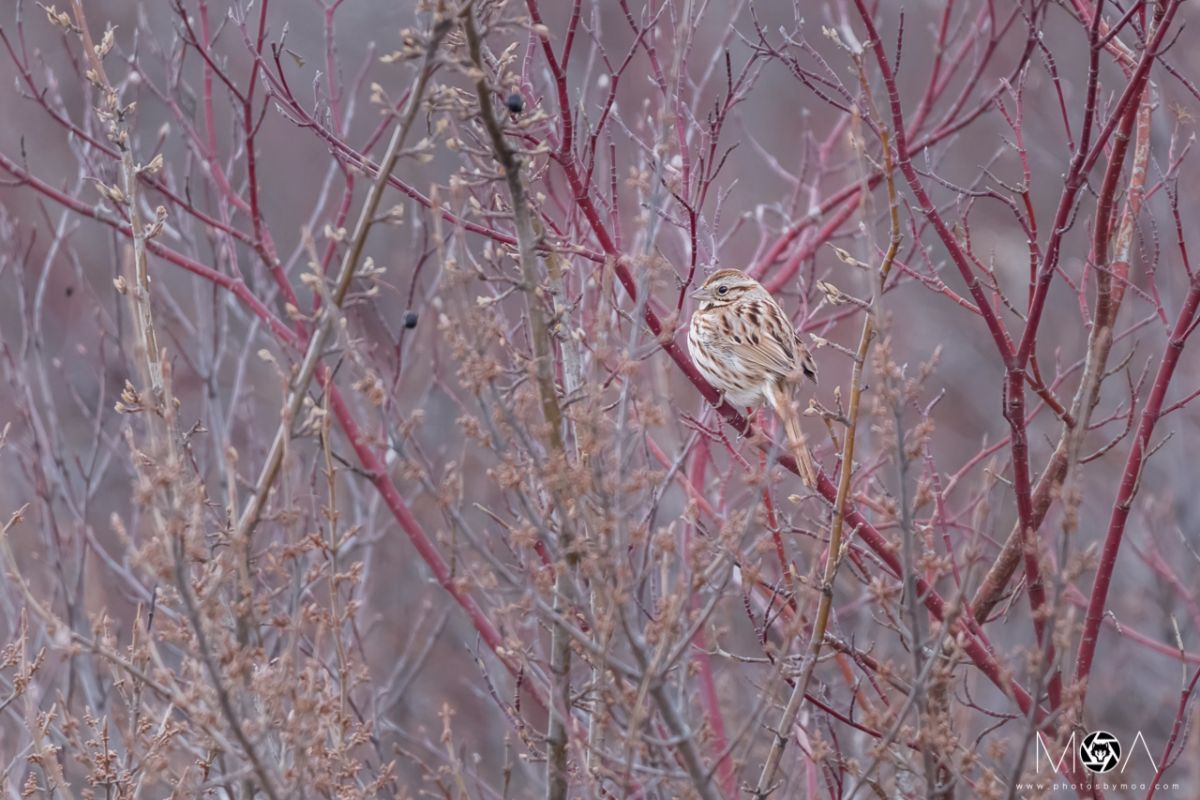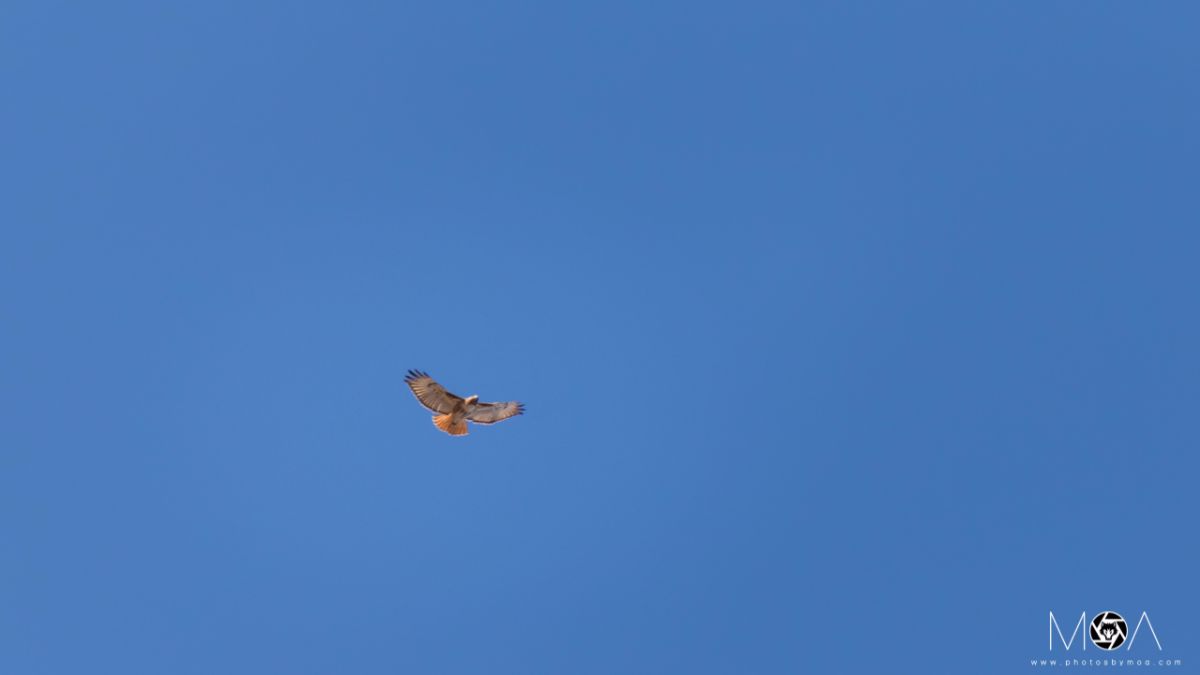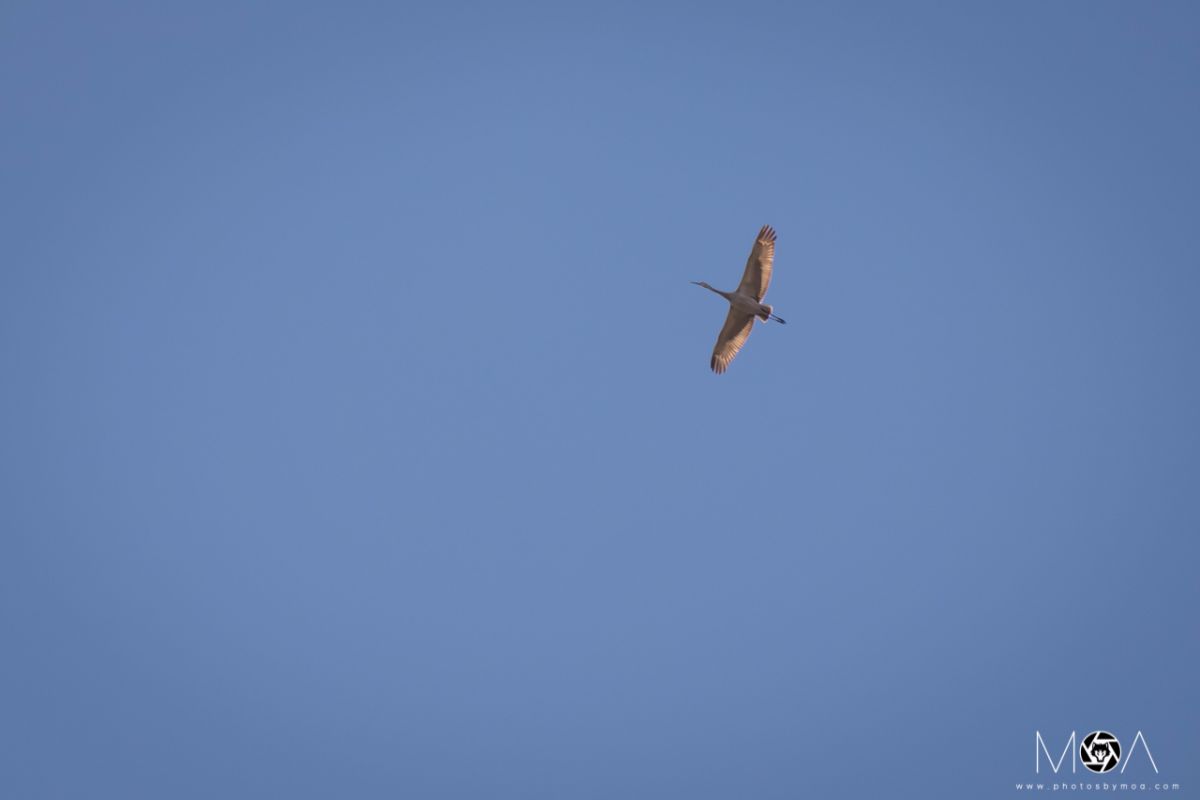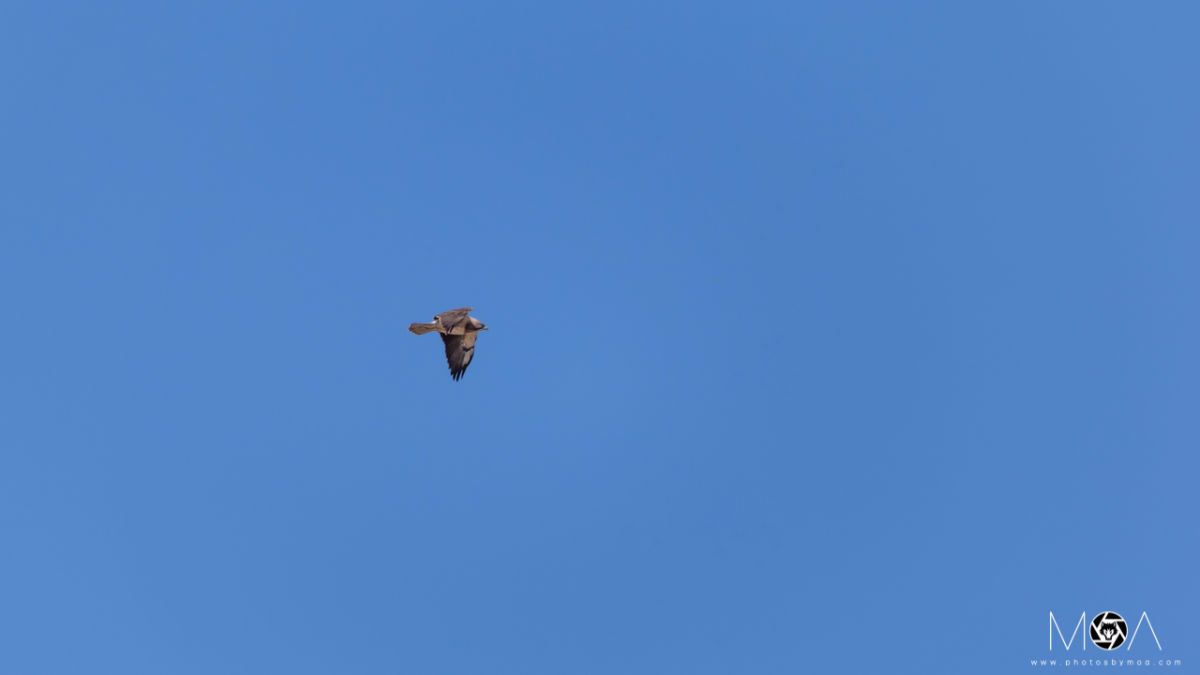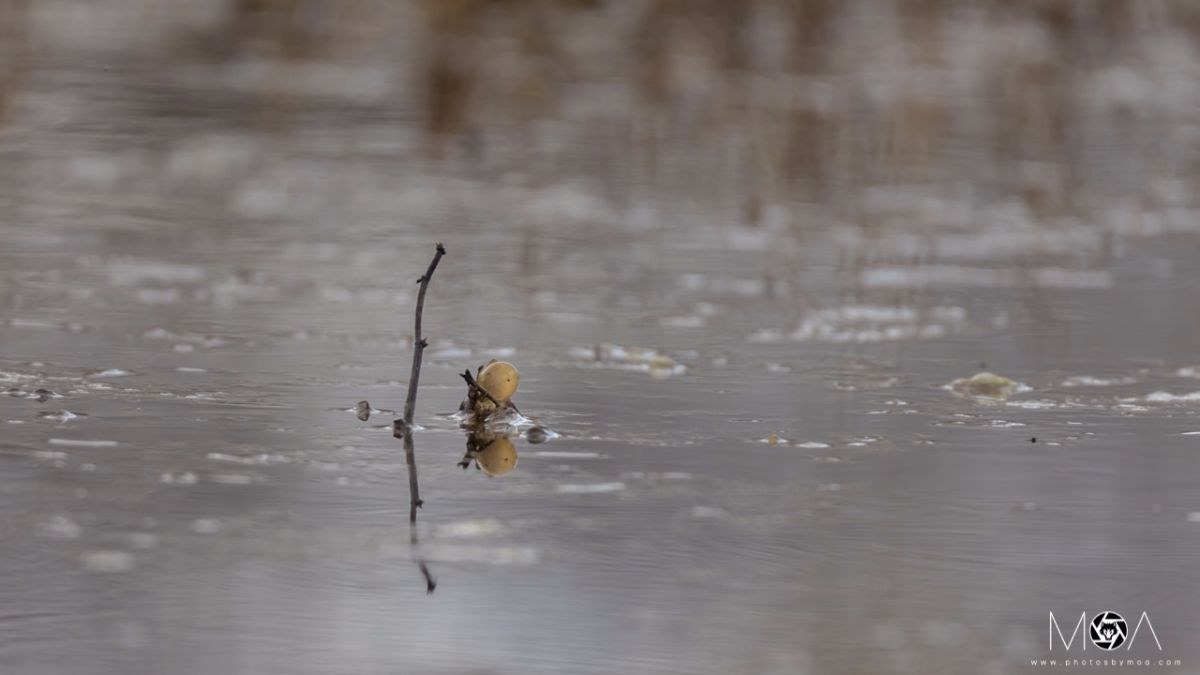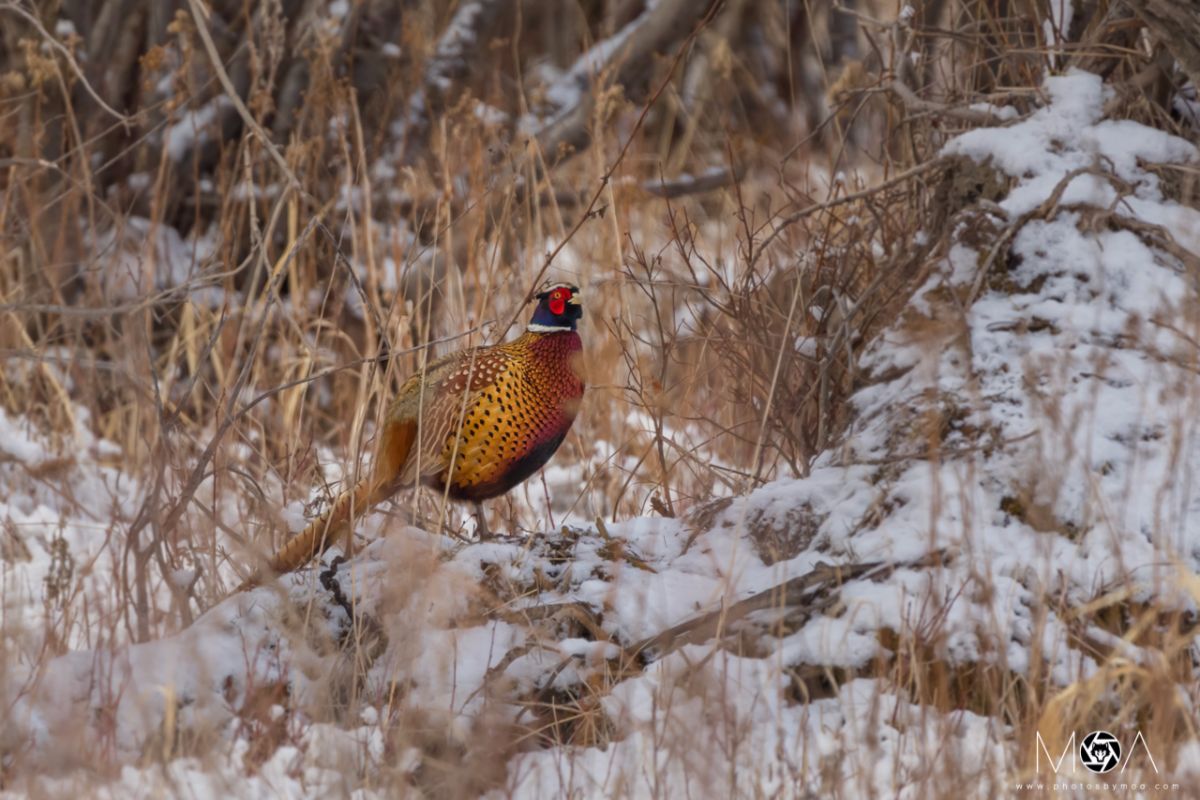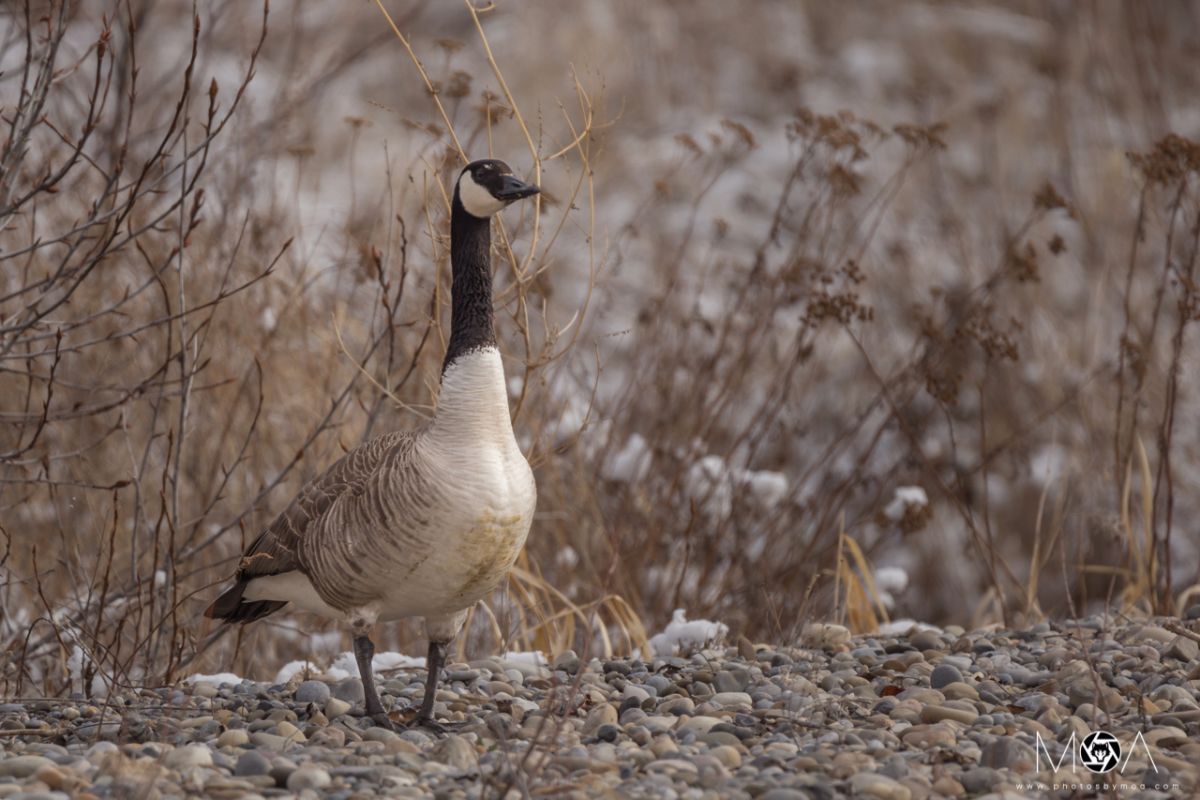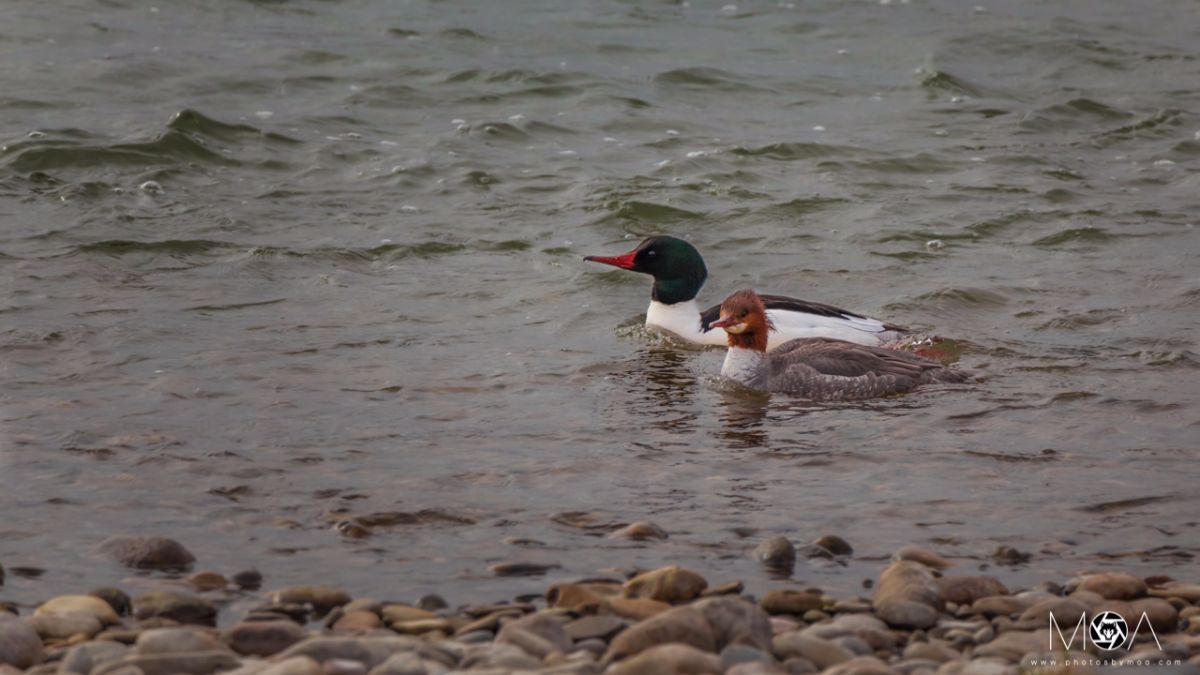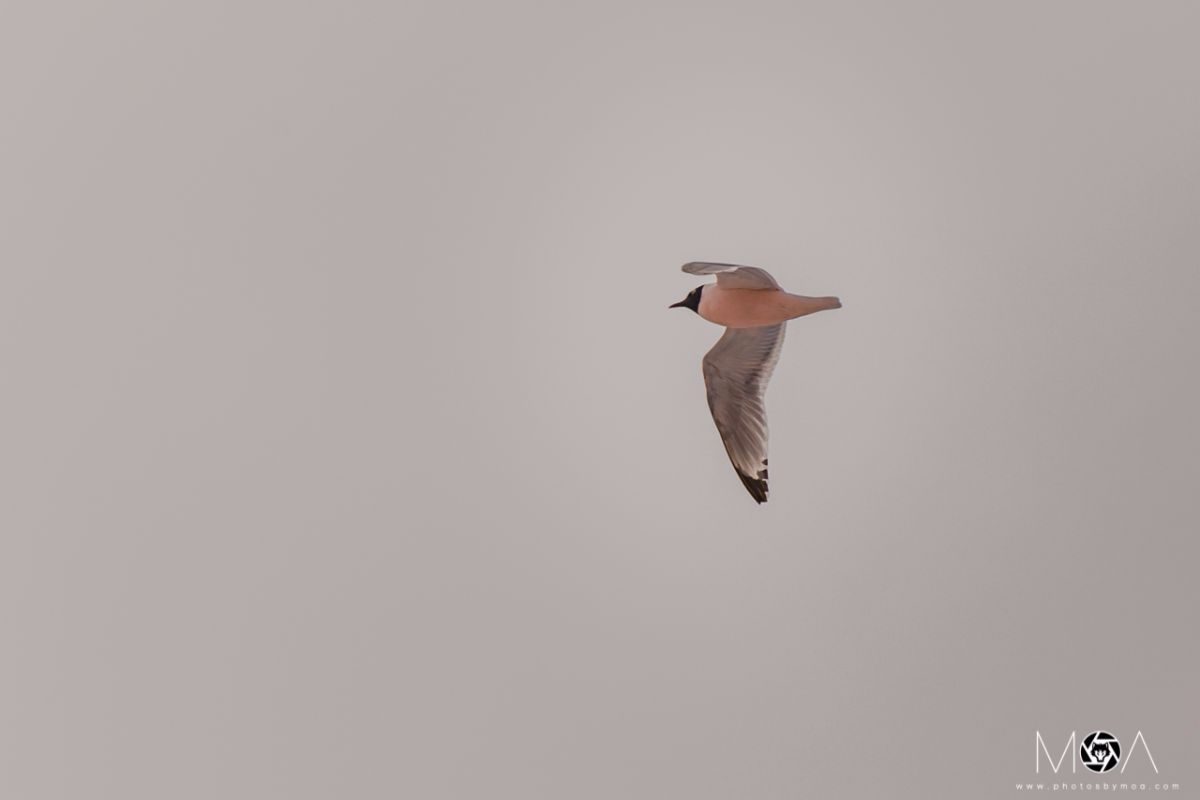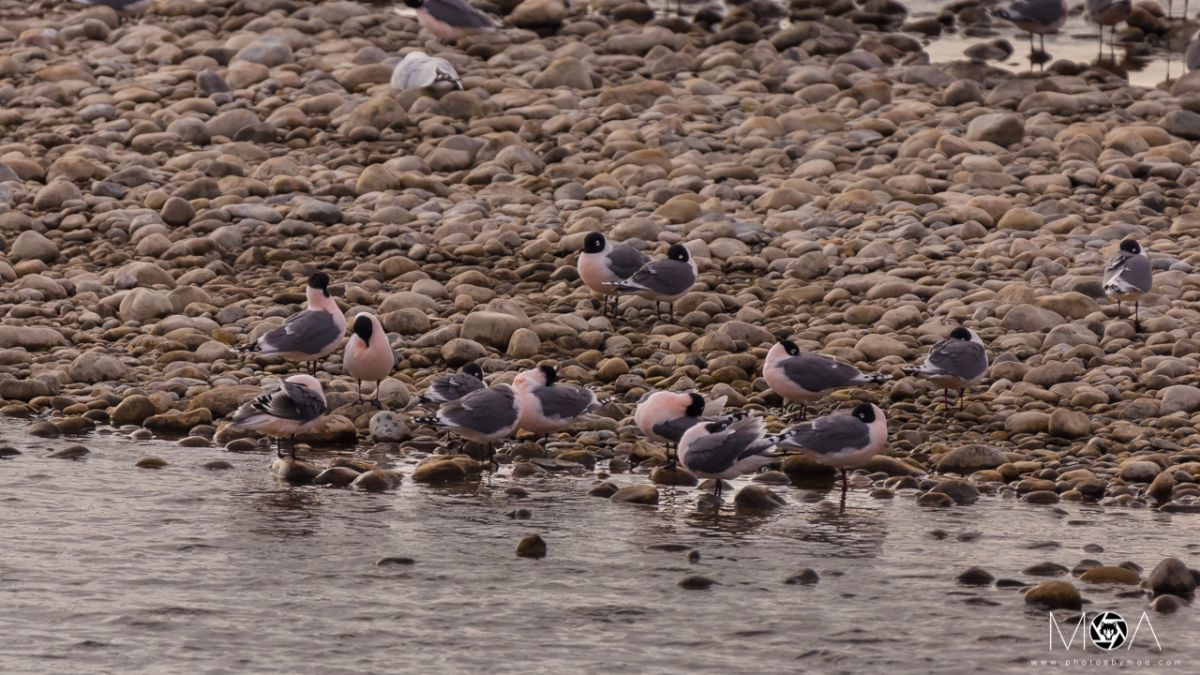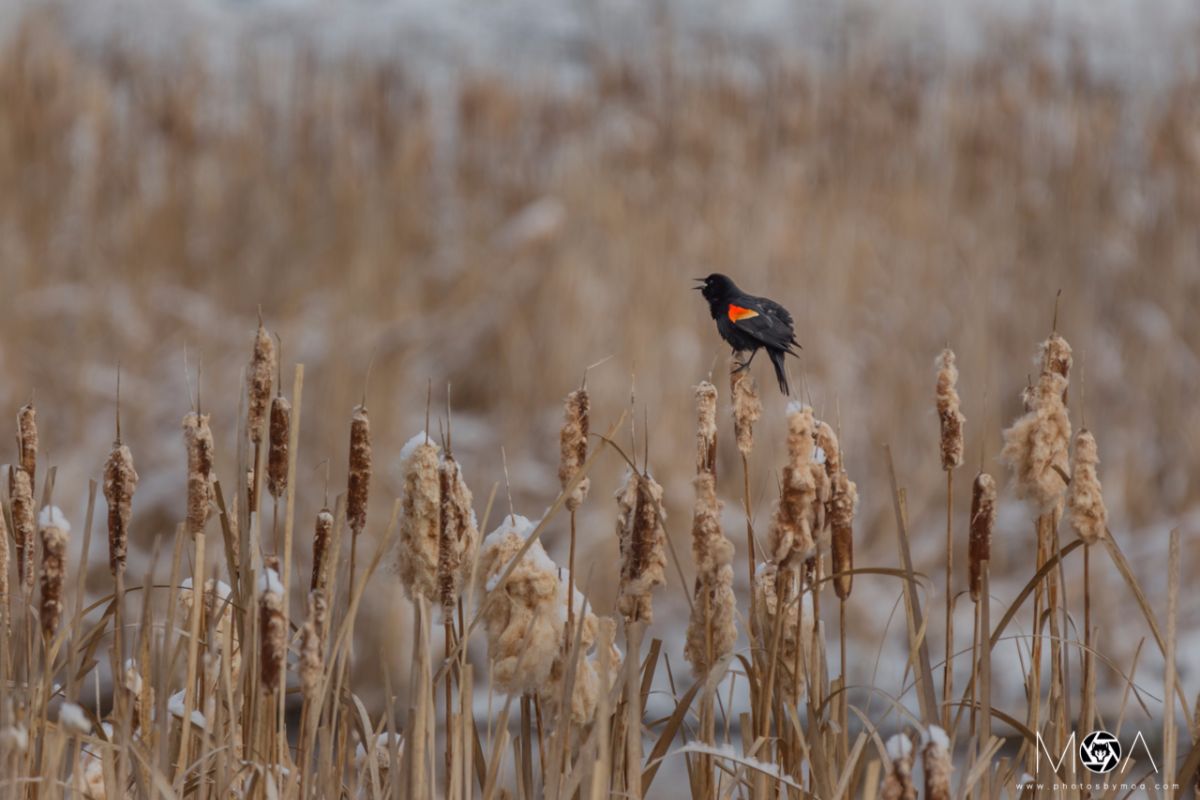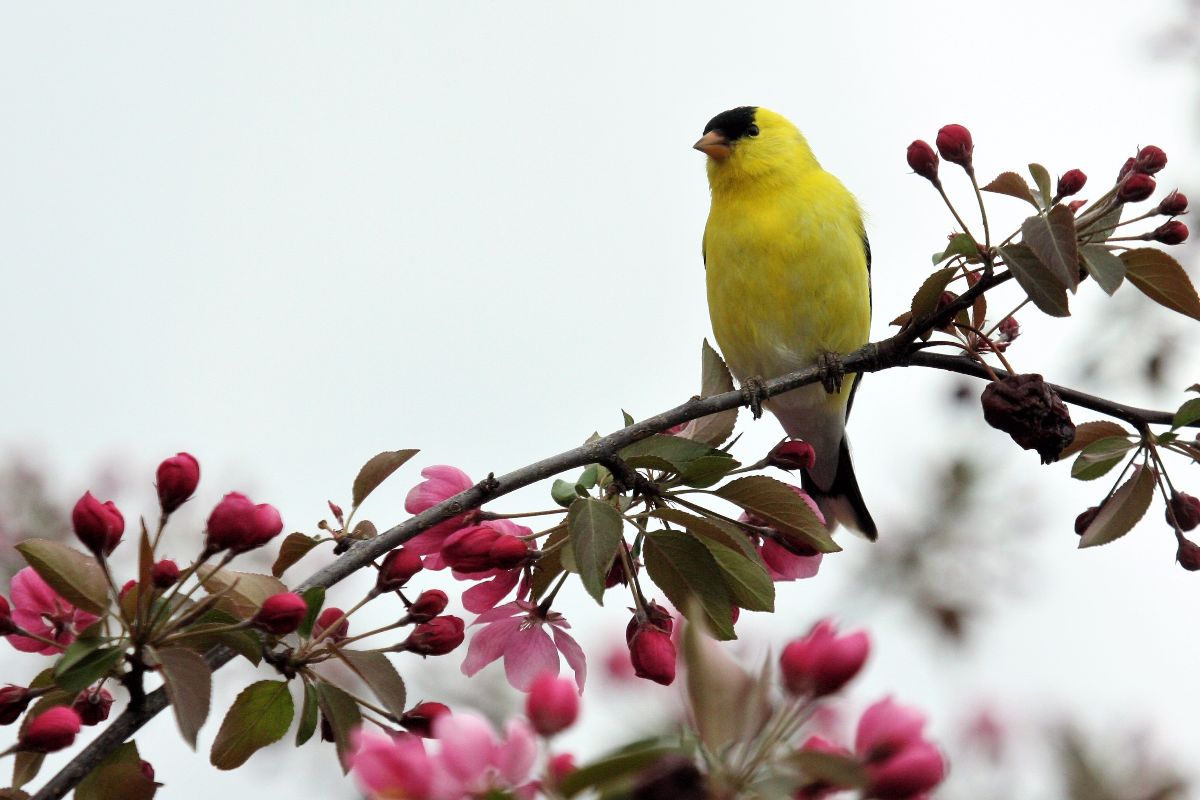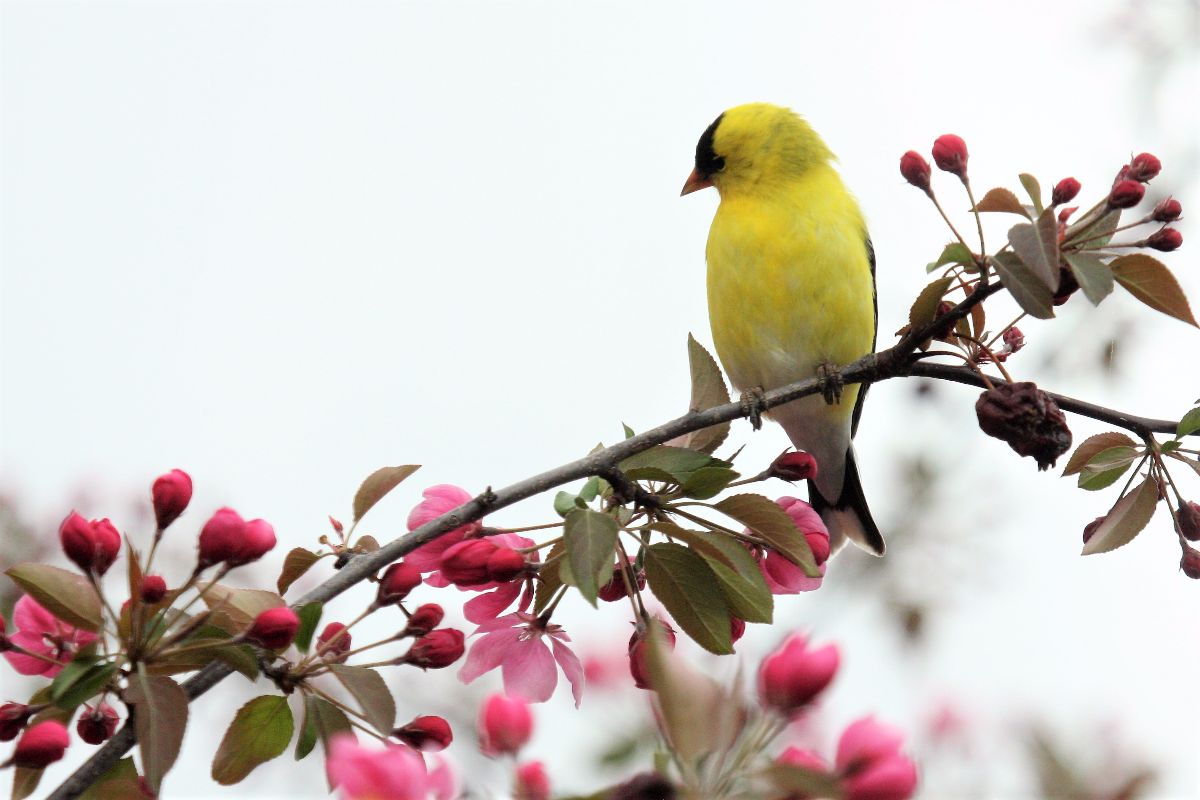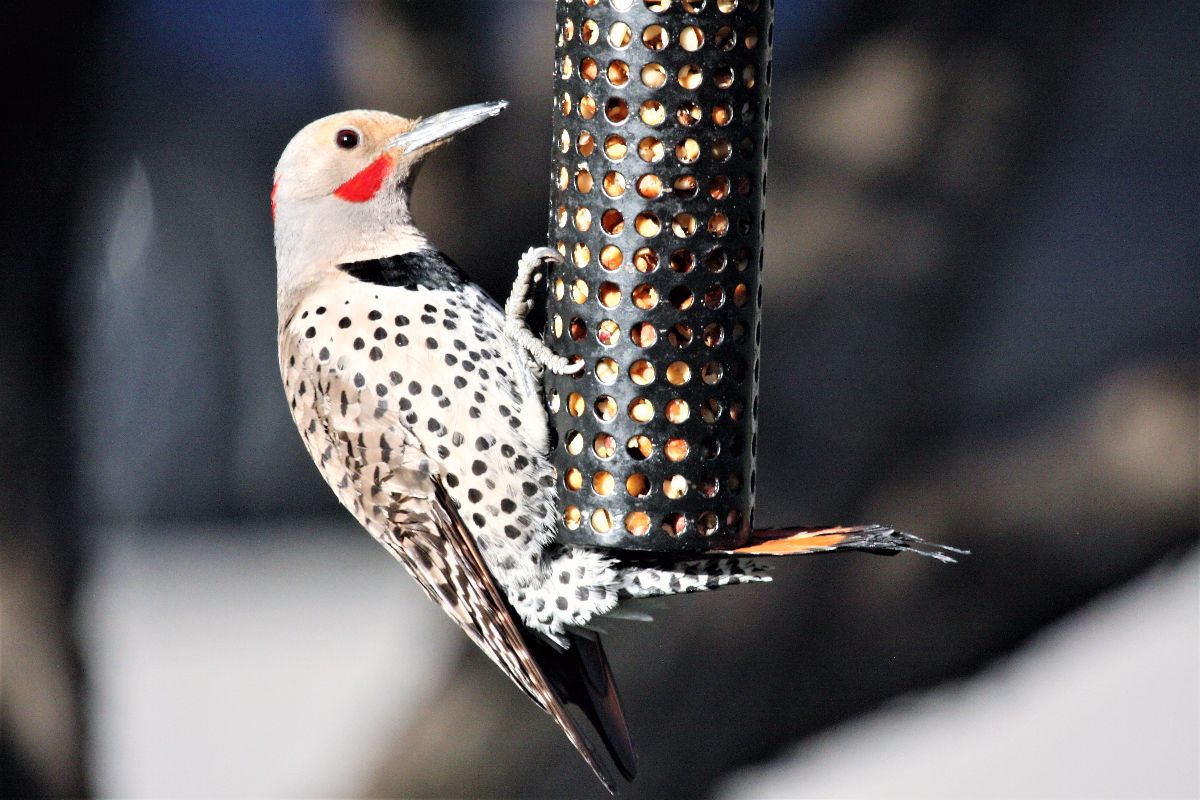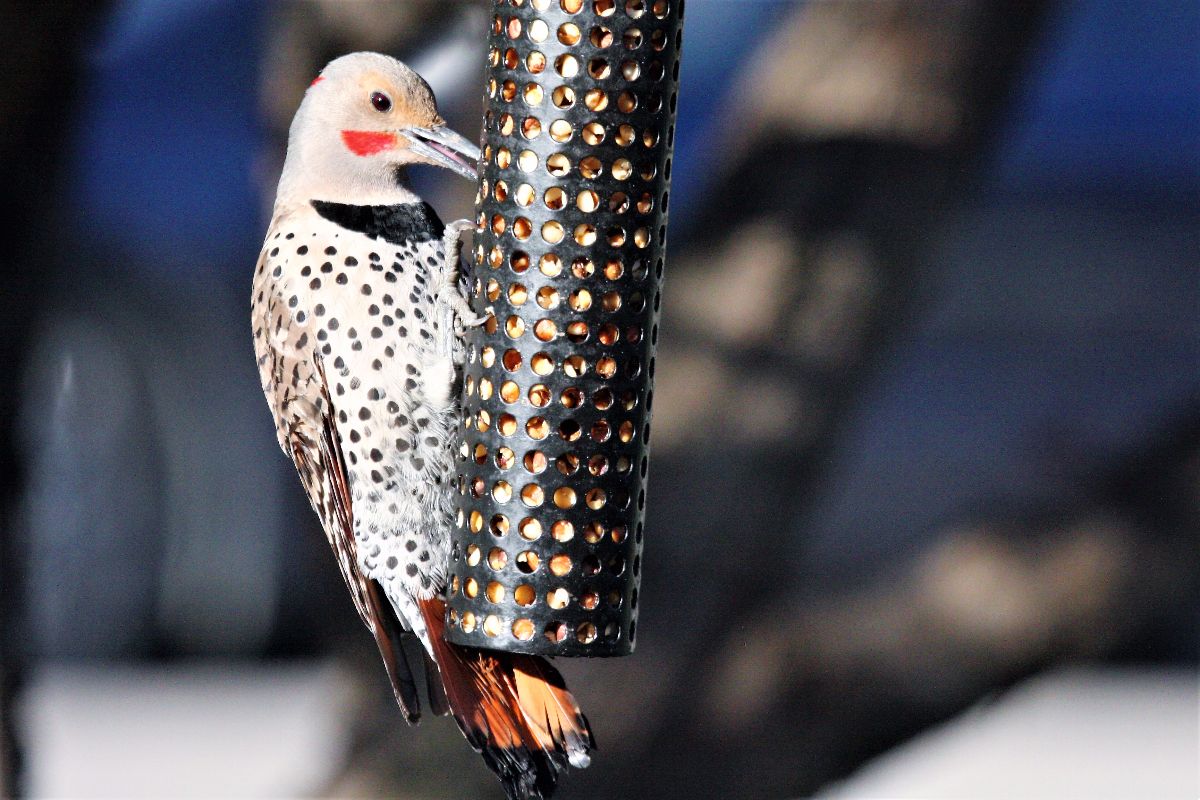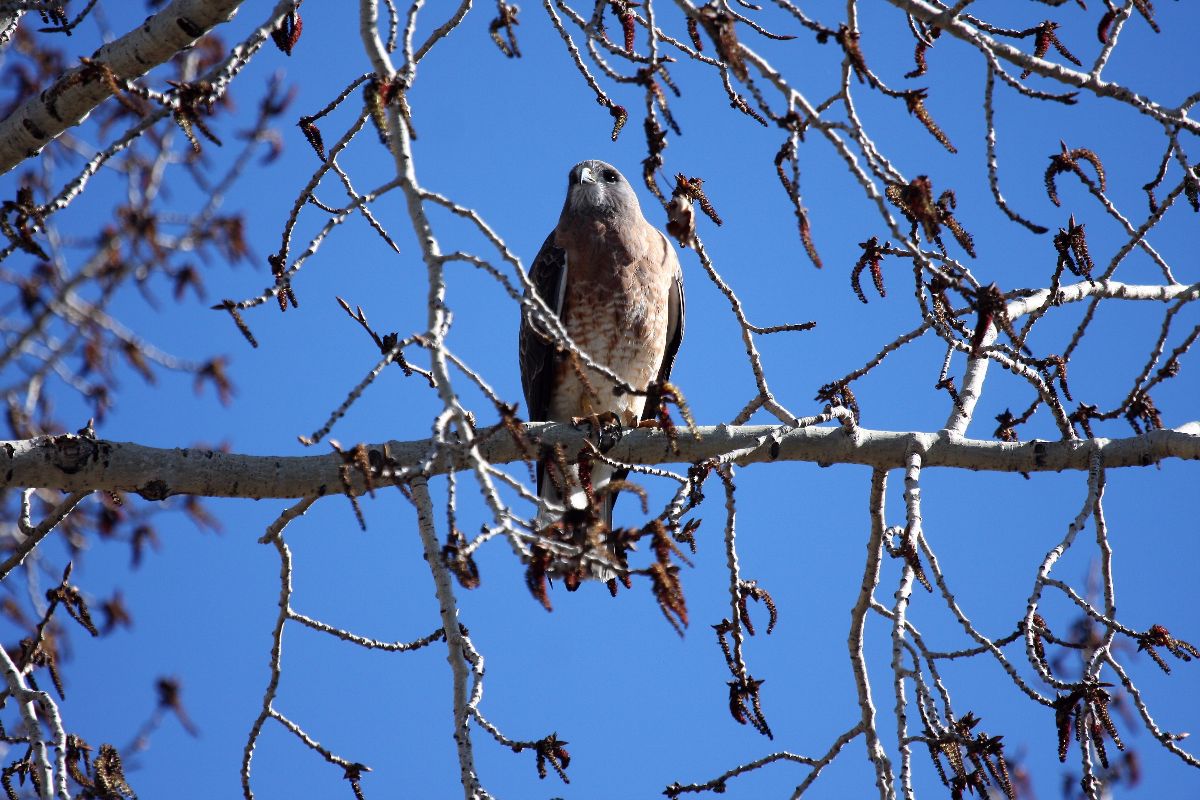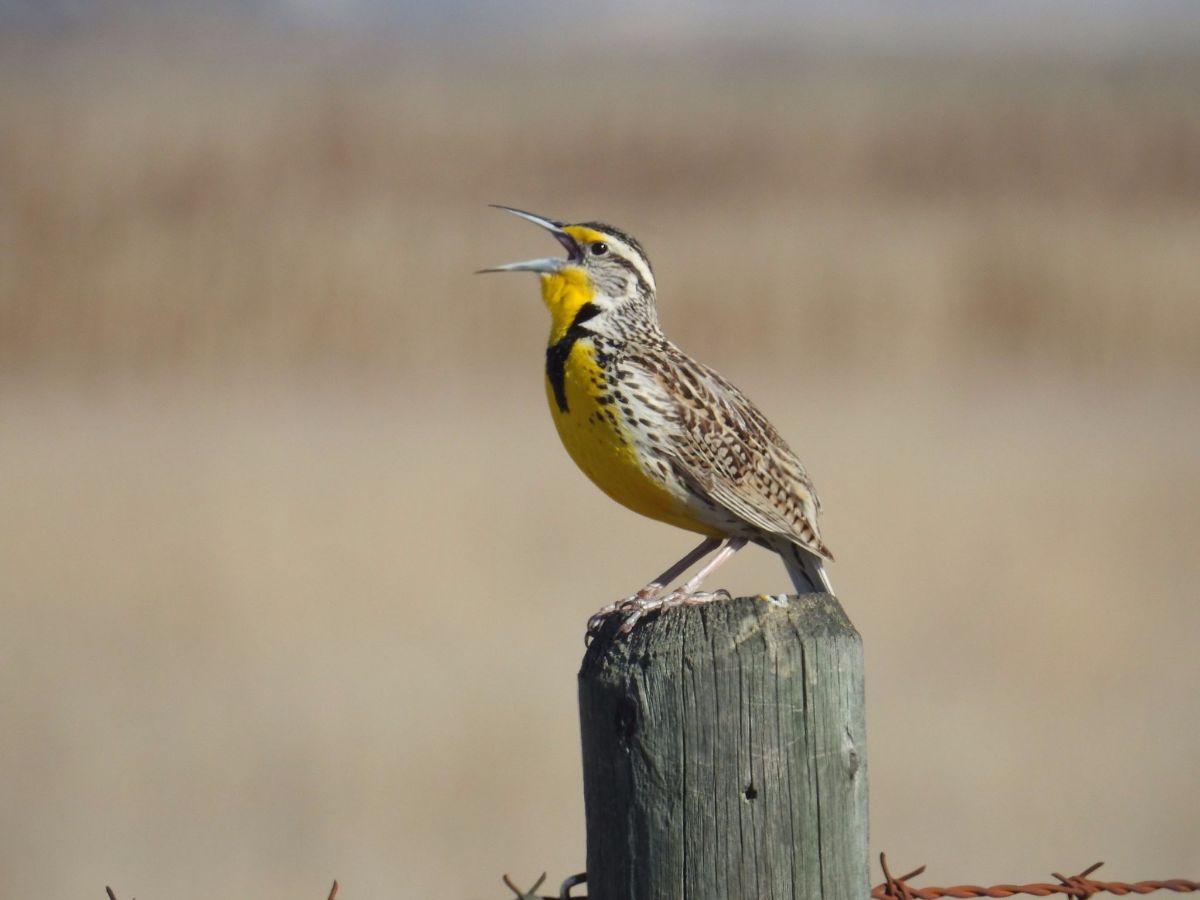Posted by Bob Lefebvre
More birds from my backyard. The White-throated Sparrows were around for just a couple of days in the first week of May (although I heard one singing in the neighbourhood this morning, possibly a late migrant grounded by the strong winds and rain we had yesterday). Chipping Sparrows passed through last week, and I counted up to thirty in my yard one day, along with a few of the closely-related Clay-colored Sparrows.
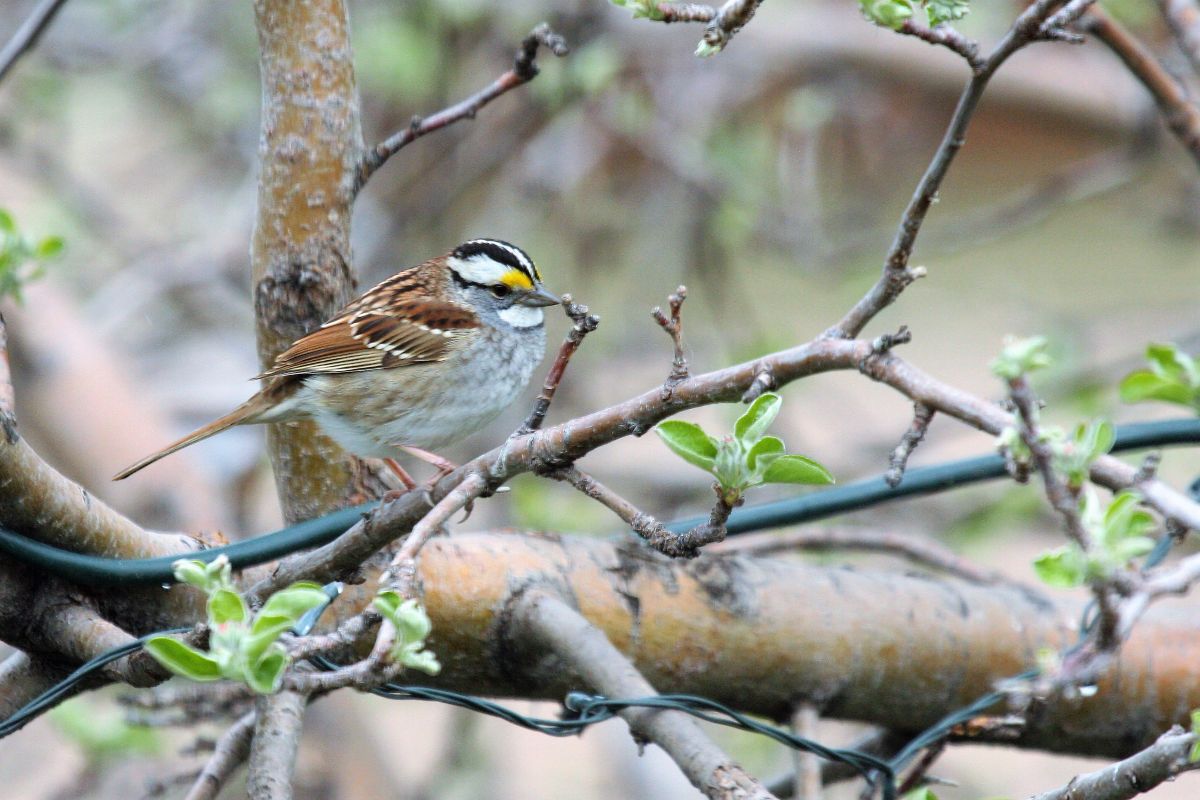
White-throated Sparrow, Calgary, May 7, 2017. Photo by Bob Lefebvre.
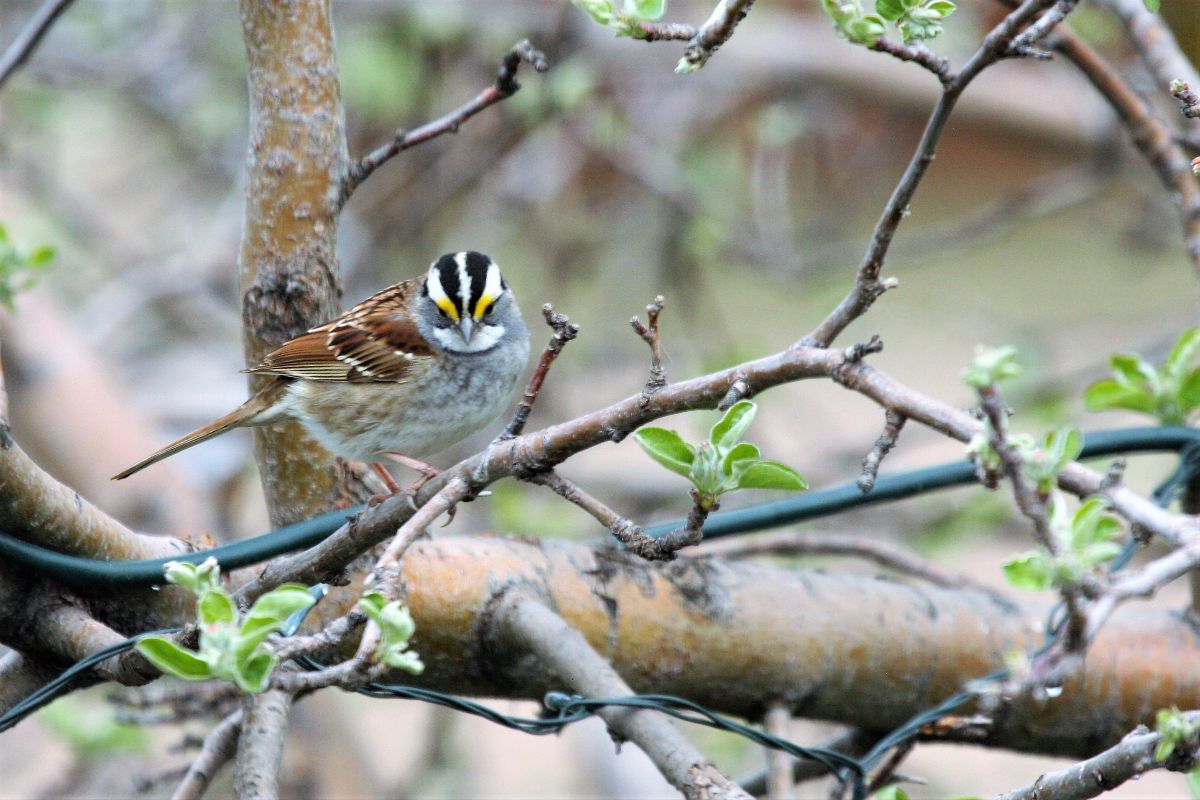
White-throated Sparrow, Calgary, May 7, 2017. Photo by Bob Lefebvre.
The above photo shows the sharply contrasting white throat patch and the yellow lores that are keys to identifying this species. Some White-throated Sparrows have tan and black rather than white and black head stripes, but they should always show the white throat and a least a little yellow on the lores.
The tan and black variation is a colour morph which some White-throated Sparrows have throughout their lives. It is not a juvenile characteristic, like the tan and gray head stripes of the White-crowned Sparrow. All White-crowns have tan stripes as juveniles, and white stripes as adults. Here is an old photo of an adult White-crowned Sparrow. Besides the lack of a white throat and yellow lores, note the clean gray breast and spotted back feathers which are quite different from the White-throated Sparrow. The pale bill (pink or yellow) also stands out.
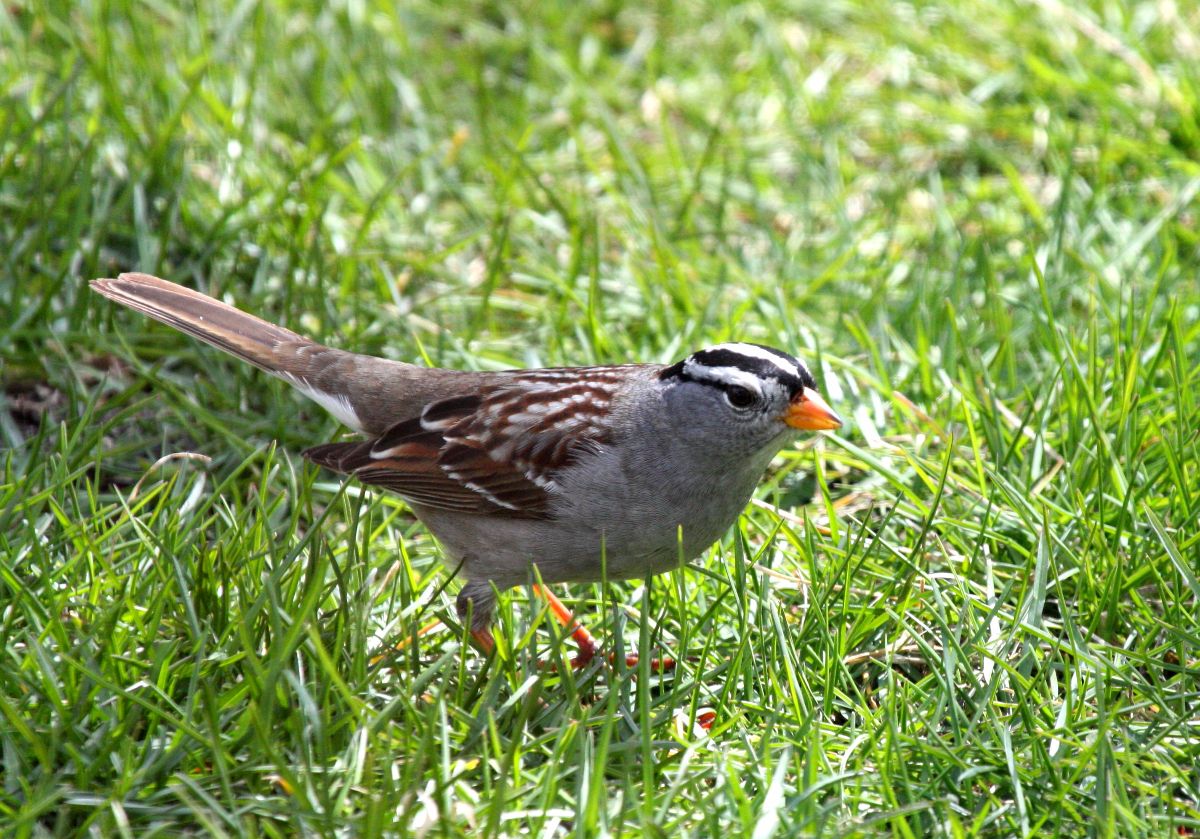
White-crowned Sparrow, Calgary, May 10, 2010. Photo by Bob Lefebvre.
Below are a few of the Chipping Sparrows that were in my yard. There were thousands in yards all over the city that week.
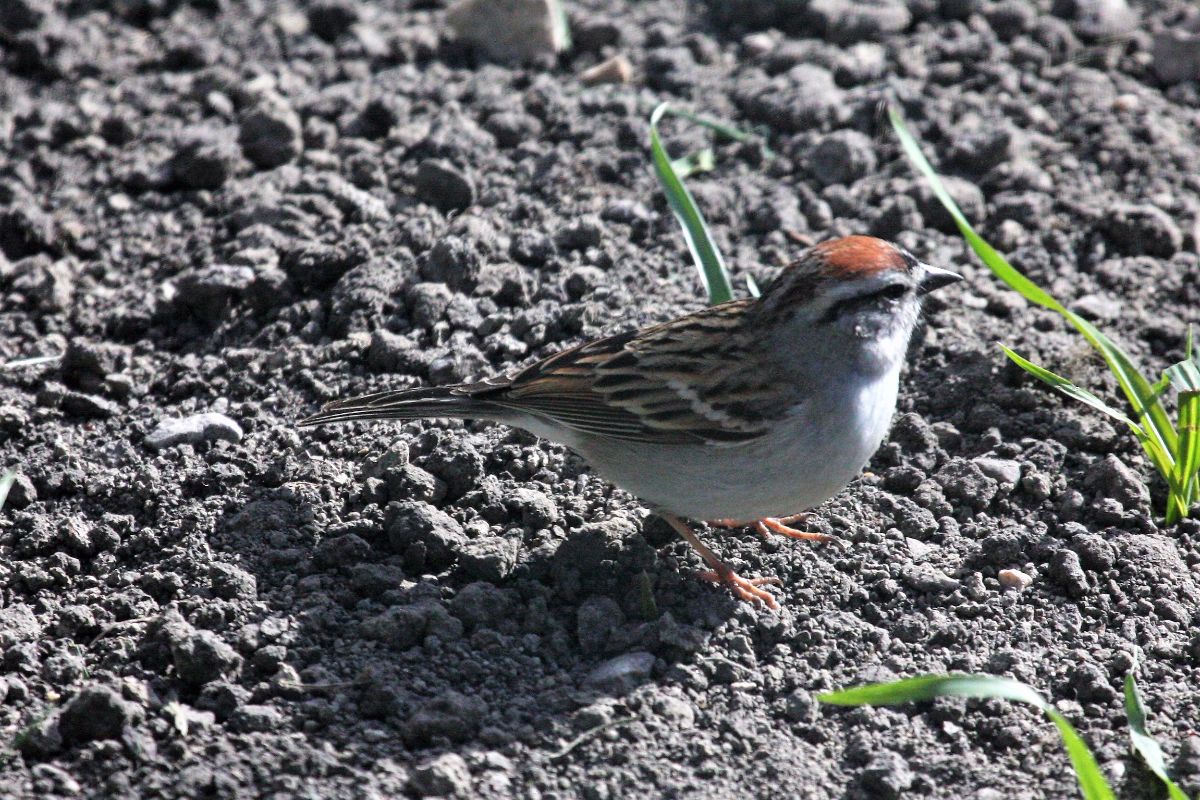
Chipping Sparrow, Calgary, May 18, 2017. Photo by Bob Lefebvre.
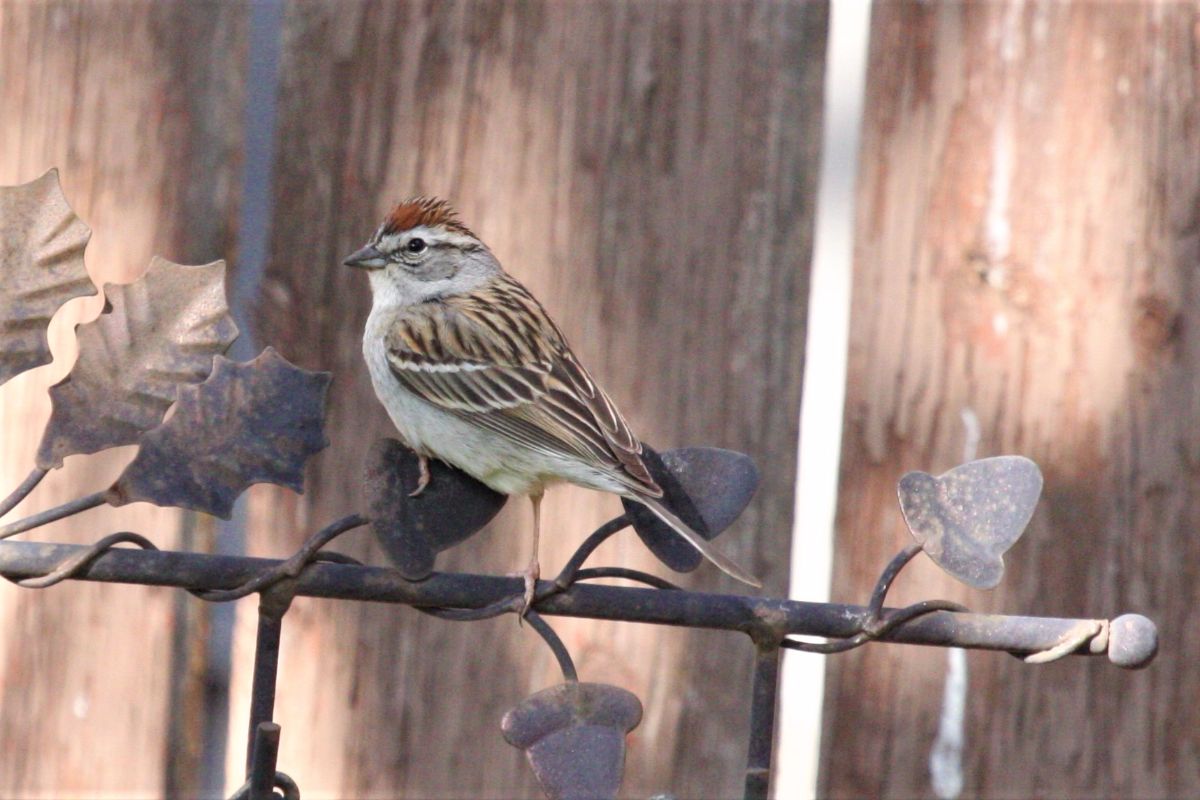
Chipping Sparrow, Calgary, May 18, 2017. Photo by Bob Lefebvre.
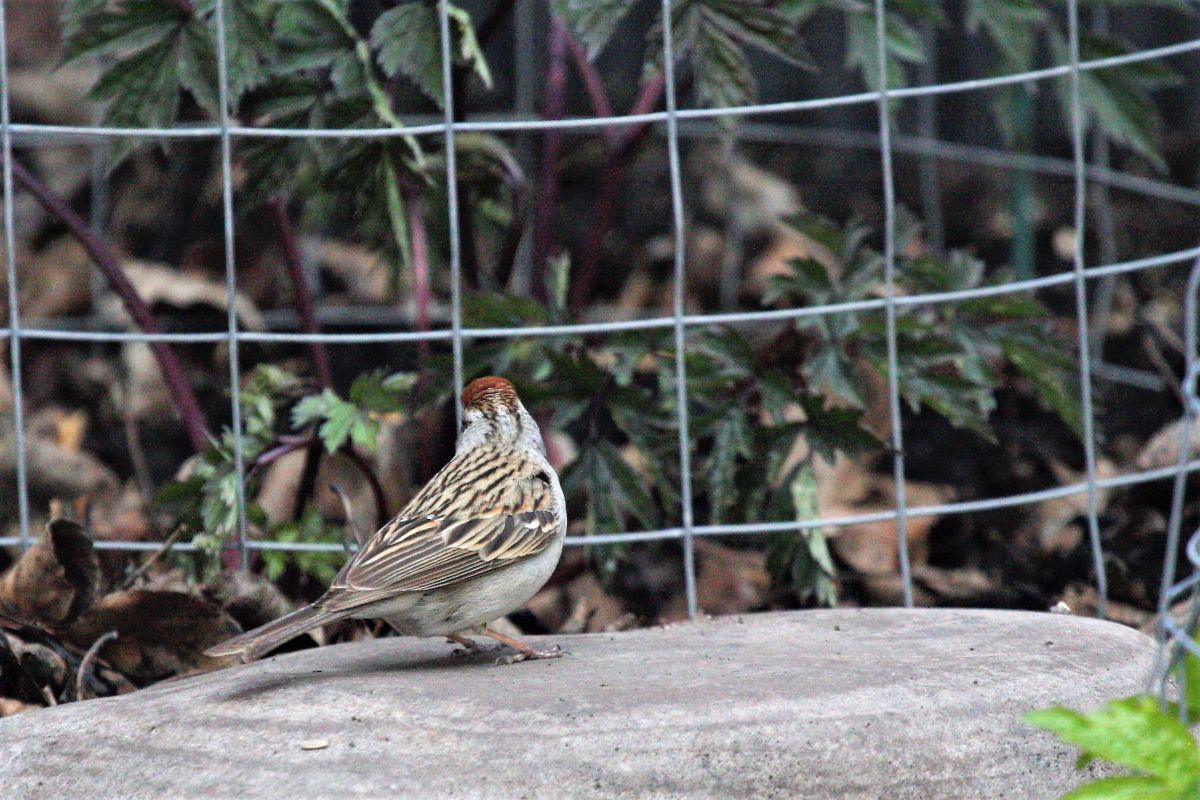
Chipping Sparrow, Calgary, May 18, 2017. Photo by Bob Lefebvre.
Both of these species breed in the city. White-throated Sparrows are common in the Weaselhead, the west end of Fish Creek Park, and other parts of the city where the boreal forest intrudes. You can hear their beautiful song there right now. Chipping Sparrows breed throughout the city, even in suburbs in low numbers. Their song is a long, dry, steady trill, which is sometimes mistaken for an insect sound.
Other birds I’ve had pass through my yard recently on migration include White-crowned Sparrows (in pretty low numbers this year) around the end of April and first week of May, Ruby-crowned Kinglet at about the same time, and a Baltimore Oriole briefly on May 21.
